From mild to wild, Nissan has a reliable engine option for most drivers, whether you want performance or economy.
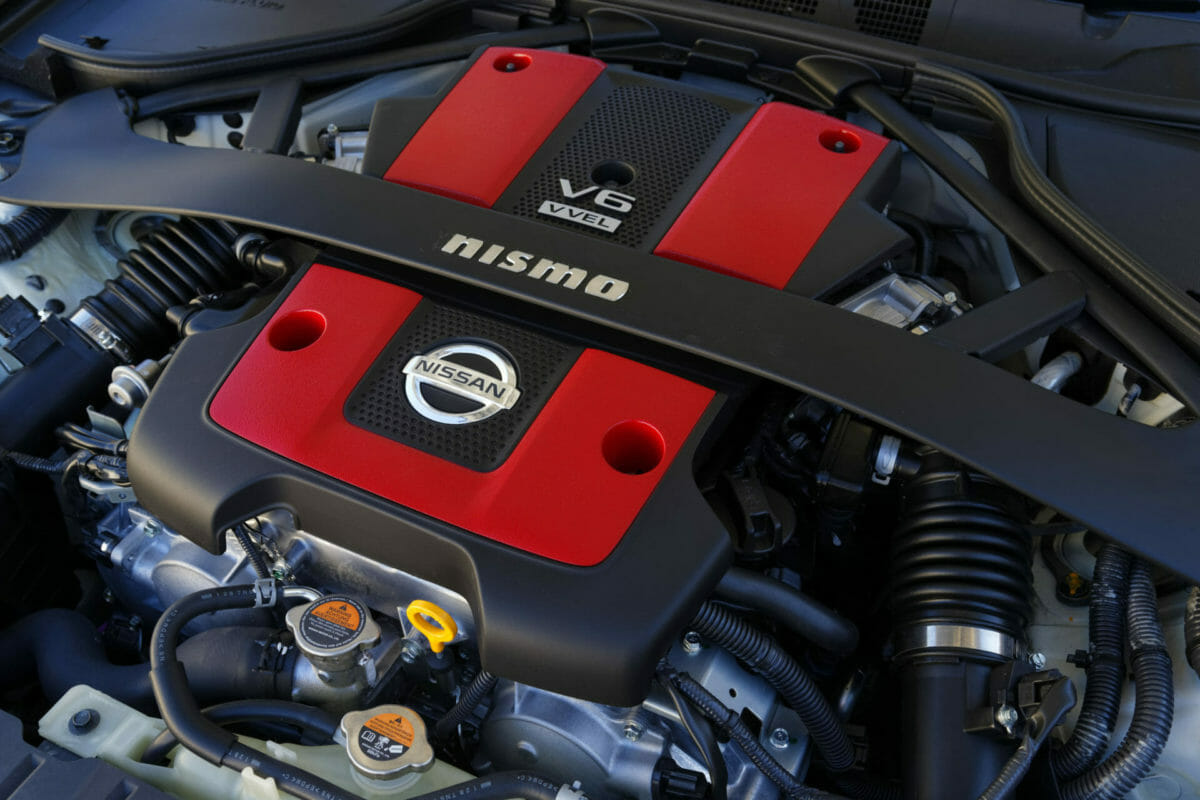
When shopping for a new or used Nissan, there is an overwhelming amount of options between models and engines available. However, a fantastic trait of the Japanese automaker is that Nissan has an engine option to achieve your goals no matter what you are looking for.
If you’re in need of a new work truck with enough grunt to pull a trailer around, Nissan has you covered. Furthermore, if you’re looking for a new SUV for the family to take across the country on vacations or up into the mountains for a local weekend getaway, Nissan has a solution for that, too.
Additionally, there is a host of fuel-efficient sedan options from Nissan that will get you where you need to be without breaking the bank. Finally, if you are in the market for a fun weekend sports car, Nissan has an option for those with just about any budget.
Like fellow Japanese car manufacturers Toyota and Honda, Nissan has a great reputation for building stout and reliable cars. However, Nissan branches into the performance-side of automotive production more than its Japanese counterparts.
Most of their vehicles last hundreds of thousands of miles with basic maintenance. As long as a Nissan vehicle has been properly maintained, buyers should feel comfortable purchasing one.
Let’s take a look at what engines suit the needs of new and used-car shoppers in various categories, including; fuel-efficient sedans and crossovers, family-friendly SUVs, trucks to get the toughest jobs done, and sports cars for spirited days on windy roads.
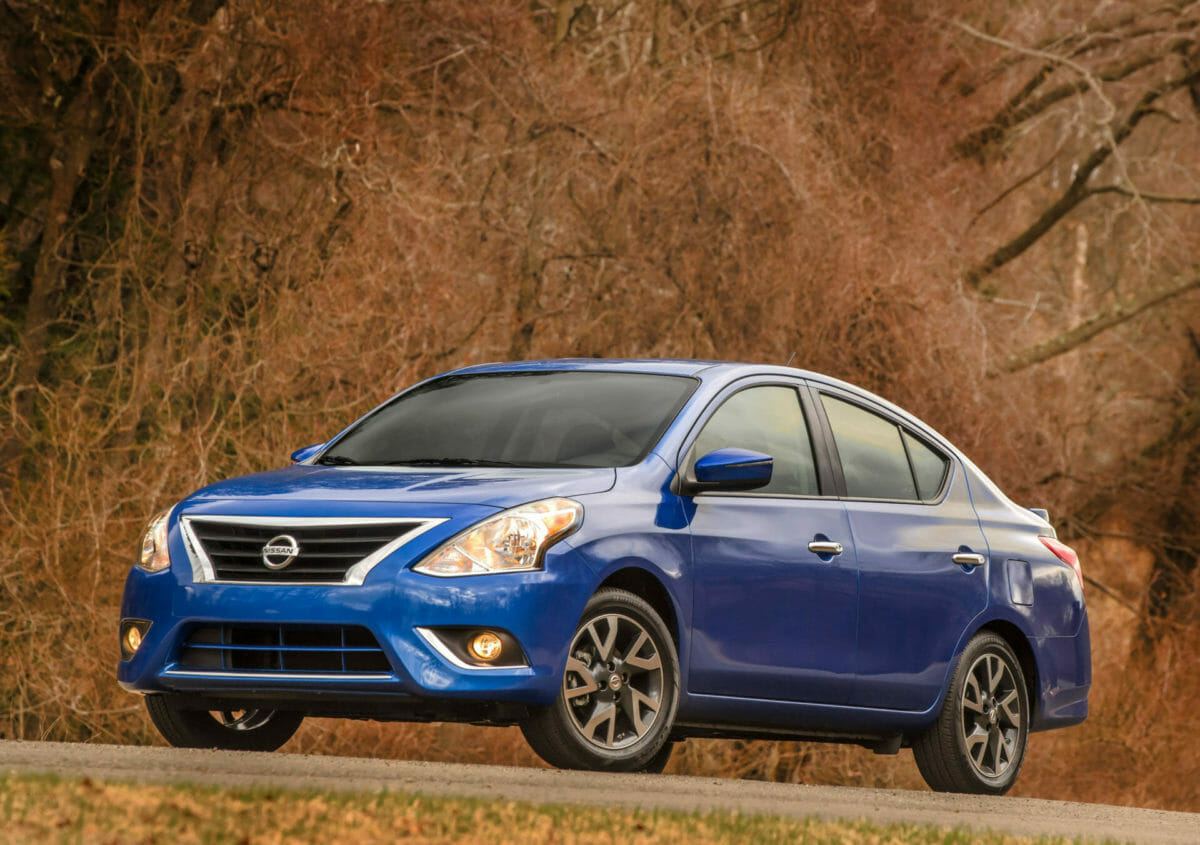
Nissan Fuel-efficient Daily Drivers
Taking a look at fuel economy ratings from 2017 model year numbers gives a great idea of what kind of economy drivers can expect to achieve with a used Nissan.
Using the model year 2017 offers a wide spectrum of budgets thanks to varying mileage. Furthermore, 2017 model Nissans that have yet to surpass 60,000 miles still retain the factory powertrain warranty, adding additional peace of mind to used car shoppers.
So what’s on the docket for fuel economy? We’ll start with compact vehicles and their most efficient engines.
The 2017 Nissan Versa and its 1.6-liter engine rank high in the fuel economy department. This is especially true when equipped with the Continuously Variable Transmission (CVT.) The 1.6-liter inline four-cylinder makes 109 horsepower and 107 lb.-ft. of torque.
While it certainly won’t be breaking any land speed records, it does have a remarkable EPA rating of up to 31 mpg city and 39 mpg highway. This is fantastic for a four-door sedan.
Offering a bit more oomph and versatility is the 1.6-liter inline four-cylinder found in the 2017 Nissan Juke. Though the displacement is the same as the Versa’s engine, the Juke’s 1.6-liter engine comes standard with a turbocharger.
This allows for a substantial upgrade to 188 horsepower and 177 lb.-ft. of torque. The impressive little crossover has remarkable ground clearance, offers optional all-wheel-drive, and has EPA ratings up to 27 mpg city and 33 mpg highway.
Surprisingly, if the compact footprints of the Juke and Versa don’t quite size up to your needs, Nissan offers fuel-efficient engine options as the size class increases. Impressively, though displacement and vehicles get bigger, there are still some jaw-droppingly efficient engine options.
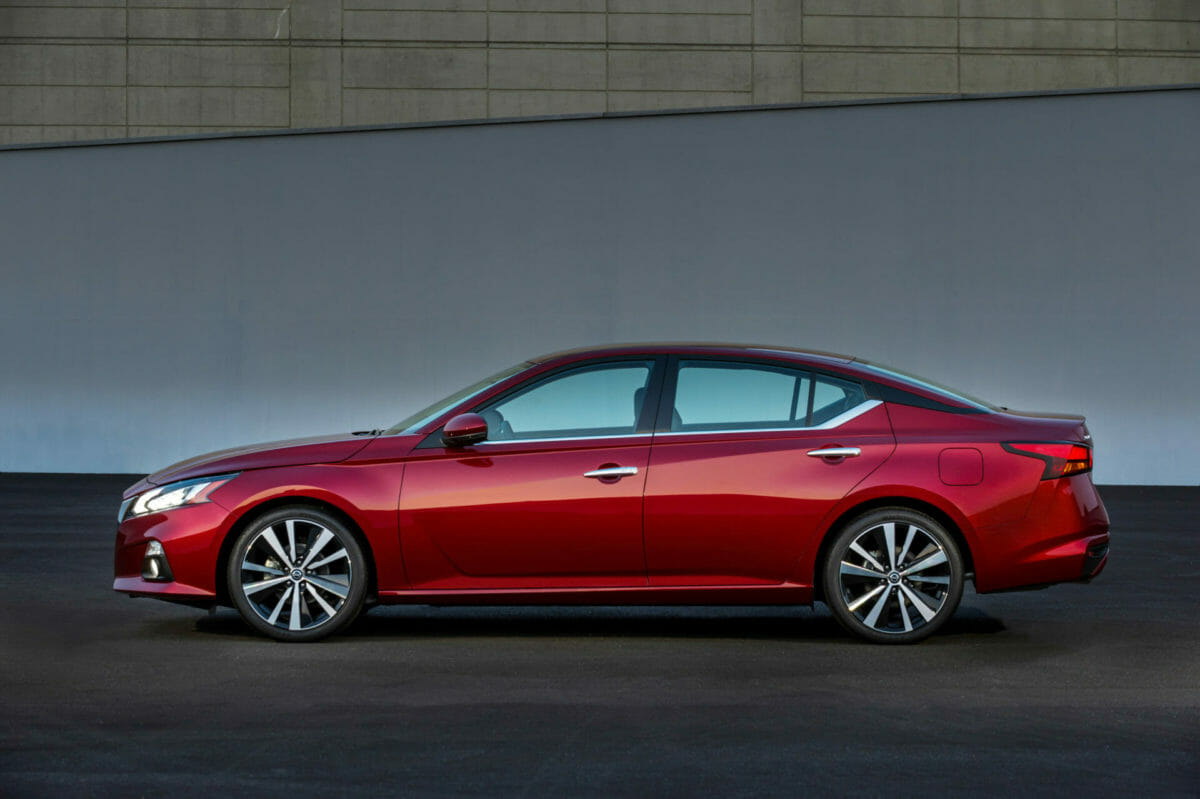
Nissan Fuel-efficient Daily Drivers Continued
The midsize 2017 Nissan Altima offers a lot more space than the Versa. The engine in the Altima is nearly 1.0-liter in displacement larger than the Versa’s at 2.5-liters, as well. Though, it is also an inline four-cylinder.
The most impressive feat of this engine, though, is that despite its increase in size, it manages just as good of fuel economy as the little Versa 1.6. The EPA ratings are a staggering 27 mpg city and 39 mpg highway when equipped with the CVT transmission.
It’s no slouch, either. With 179 horsepower and 177 lb.-ft. of torque, the 2.5 will get you moving at a perfectly acceptable pace.
Also sporting the zesty 2.5-liter four-cylinder is the 2017 Nissan Rogue. The Rogue’s version of the 2.5 has slightly less power at 170 horsepower and 175 lb.-ft. of torque.
However, despite moving a larger vehicle, the 2.5 in the Rogue still manages an impressive 26 mpg city and 33 mpg highway when equipped with a CVT transmission.
Additionally, a 2.0-liter hybrid engine is available in the Rogue, bumping the numbers to an impressive 33 mpg city and 35 mpg highway.
If you want a sedan with a little more zest, the 2017 Nissan Maxima is equipped with the legendary 3.5-liter V6. This is the same engine you’ll find in the Nissan 350Z.
As a result, the Maxima puts out a whopping 300 horsepower and 261 lb.-ft. of torque, easily making it the quickest among Nissan’s sedan and crossover lineup. Though the engine is much larger and has six cylinders instead of four, it still manages an impressive EPA rating of 21 mpg city and 30 mpg highway.
So the Maxima is the perfect way to have your fun sporty cake and eat it, too, by way of sipping fuel in normal driving conditions.
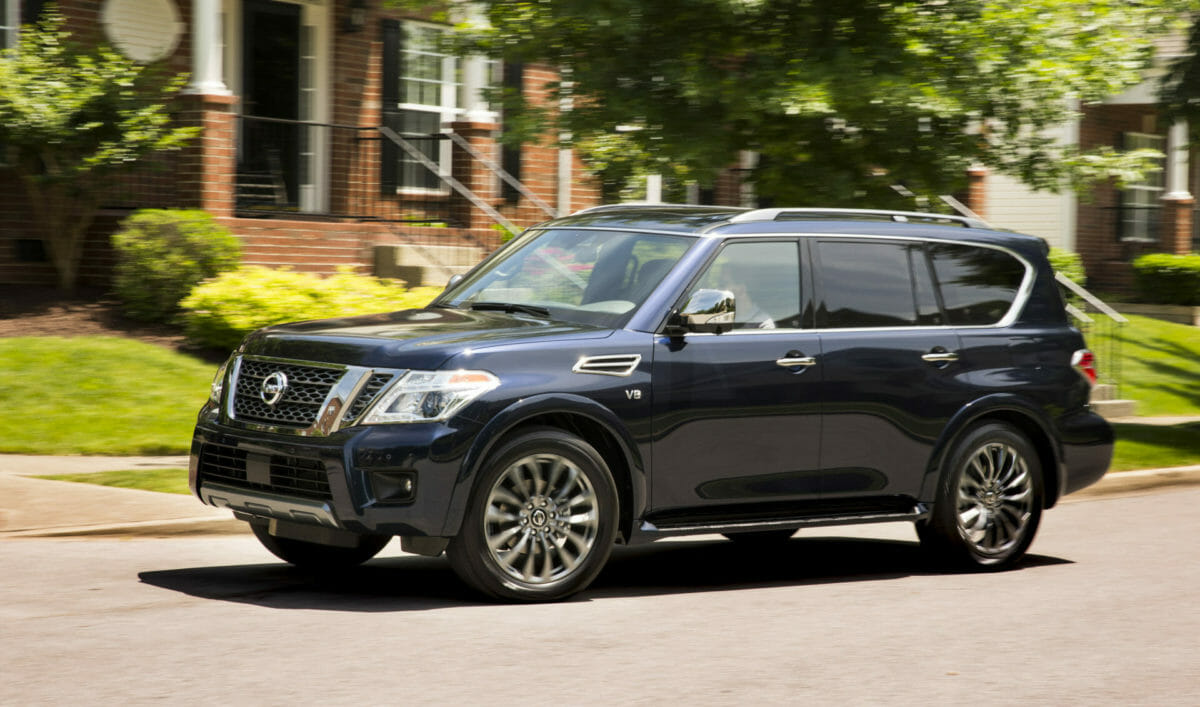
Nissan Truck and SUV Engines
If you’re looking for a new truck or full-size SUV, Nissan has a few options for you. The Nissan Frontier is a smaller truck, comparable to the Ford Ranger and Toyota Tacoma.
Additionally, the Nissan Titan is a full-size truck comparable to the likes of the F-150 and Toyota Tundra. Finally, the Nissan Pathfinder and Armada are the entrants to the midsize and full-size SUV categories.
The Nissan Frontier and Pathfinder use V6s from the VQ family of engines just like the Maxima, 350Z, and 370Z.
Both Pathfinder and Frontier used the 4.0-liter variant of the VQ family V6 (VQ40) engine for many years. The Pathfinder’s final year with the VQ40 was 2012. The 2013 Nissan Pathfinder and newer model come equipped with the 3.5-liter variant (VQ35) that you’d find in the Maxima and 350Z. The Frontier continued to use the VQ40 until the model year 2020 when they switched to the smaller displacement yet more potent 3.8-liter variant (VQ38).
The Frontier and Pathfinder equipped with the VQ40 both have around 260 horsepower. The newer VQ35 equipped Pathfinder has 285 horsepower, while the VQ38 equipped Frontier has 310 horsepower. Across all years, both the Frontier and Pathfinder have a towing capacity between 6,000 and 6,500 pounds.
Both the Nissan Titan and Nissan Armada both use the potent VK56DE engine, a 5.6-liter dual-overhead-camshaft V8. Since the V8 engine’s debut in the early 2000s, it has remained in both the Armada and Titan.
Early variants had just over 300 horsepower, while the current iteration has 390 horsepower. Its accompanying 413 lb.-ft. of torque offers an impressive towing capacity of up to 11,000 pounds for the 2020 Nissan Titan. Whether you need a work truck or a family-hauling SUV, the 5.6 will get the job done.
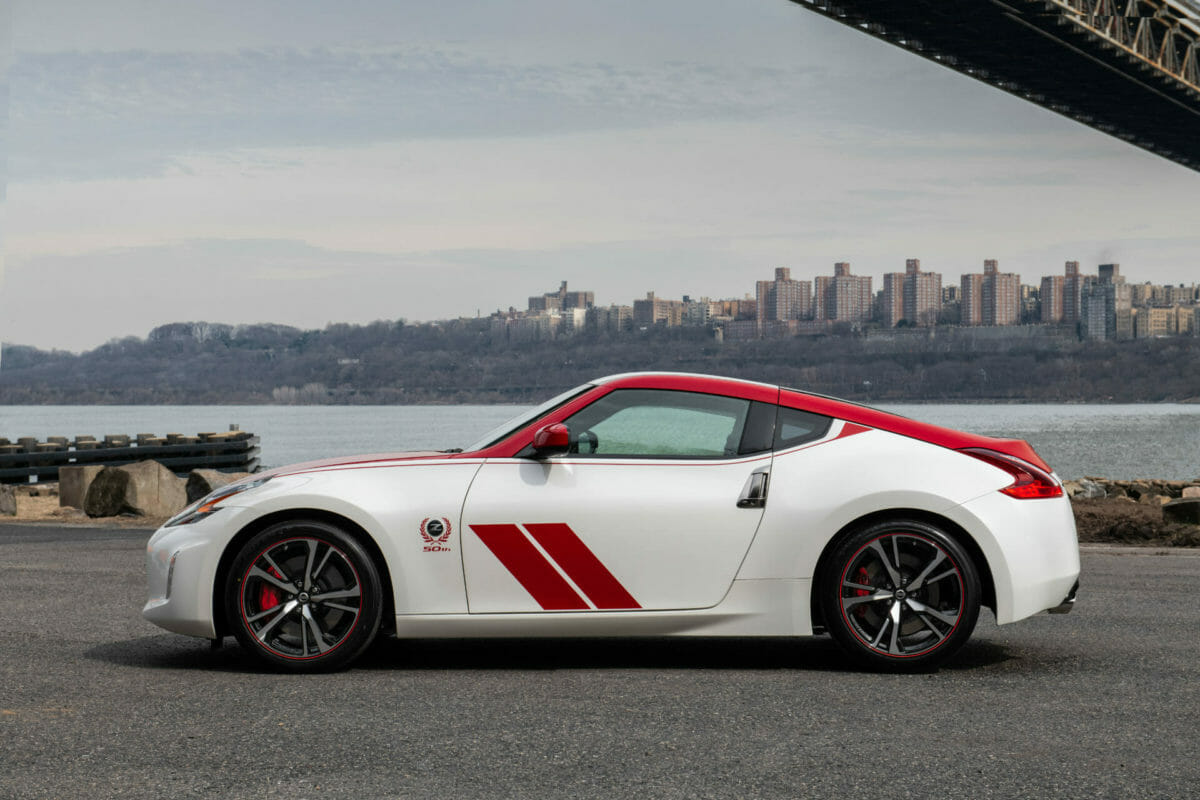
High-performance Engine Options
Nissan is certainly no stranger to the world of high-performance sports cars. Since the early 2000s, the Nissan 350Z and 370Z have gracefully topped lists of the best sports cars for money out there. Additionally, the Nissan GT-R has been a staple of powerhouse supercar performance at half the cost since its release in 2009.
What are the engines behind these phenomenal cars?
As before mentioned, the 350Z and 370Z both use the VQ family of V6 engines. The VQ35 and VQ37, respectively. Both of these variants of the VQ engine have made multiple appearances on Ward’s 10 Best Engines list since the launch of the 2003 Nissan 350z.
From 2003 to the final year of the 350Z, 2009, the VQ35 in the iconic sports car made between 287 and 306 horsepower. The 2009 Nissan 370Z was the first year of the 370Z models with a power output of 332 horsepower for standard models and 350 horsepower for the Nismo version. Power figures for the VQ37 in the 370Z remained the same until its final model year, 2020.
The most iconic engine in Nissan’s performance lineup is, undoubtedly, the VR38DETT. Though most people aren’t familiar with the engine, they are more than familiar with the car it came in; the Nissan GT-R.
Every VR38DETT engine is hand-built by a select few of Nissan’s finest. Originally, the GT-R’s engine had an output of 480 horsepower and 430 lb.-ft. of torque. This number grew steadily to the current variant, which has 565 horsepower and 467 lb.-ft. of torque.
Additionally, the Nismo variant of the GT-R came with a specially tuned variant of the VR38DETT, making 600 horsepower. Thus, the GT-R’s engine is not just a Nissan icon; it is an icon to the car industry as a whole.
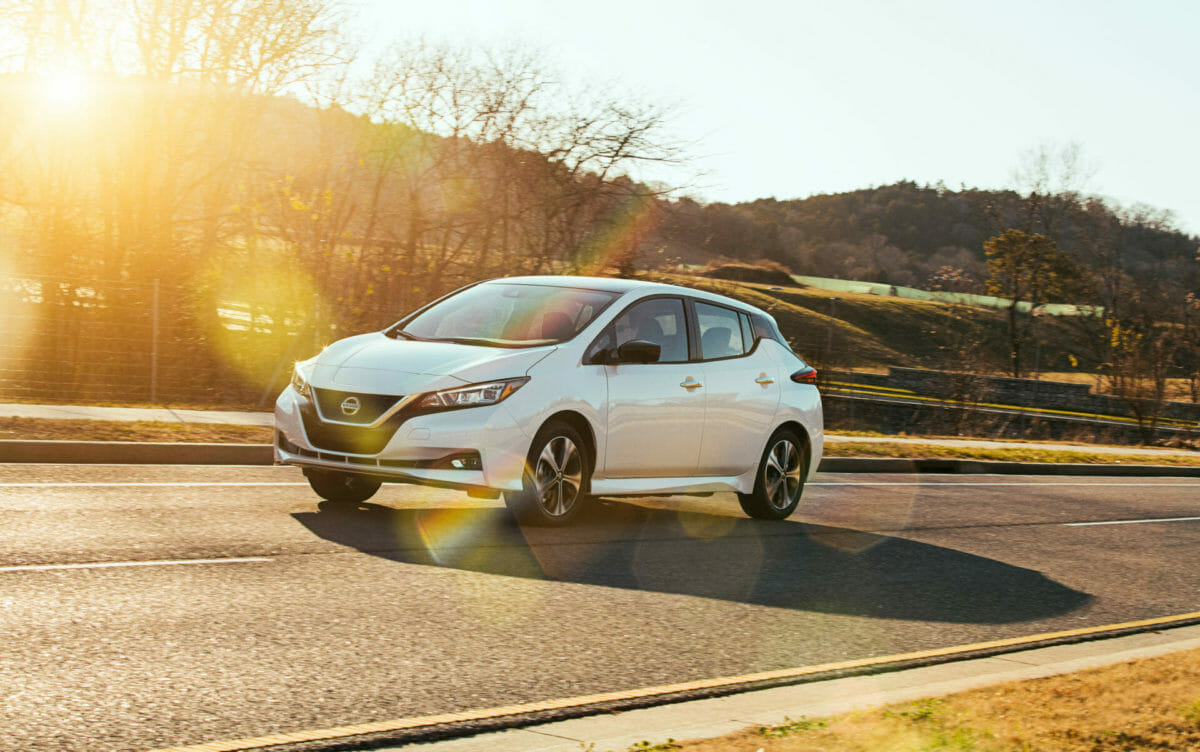
Nissan Engine Options Provide a Solution to Every Problem
In short, no matter what you’re looking to do when shopping for a used car, Nissan has an engine and vehicle to suit your needs. Furthermore, if the remarkably efficient gasoline engines previously discussed don’t meet your standards, Nissan offers an electrified solution with the Nissan Leaf electric vehicle.
Current variants of the Leaf allow over 200 miles of range on a single charge and rapid charging solutions. This means that, perhaps, your best Nissan engine solution is no engine at all!
The most beautiful part of Nissan’s broad spectrum of vehicles and their even broader spectrum of uses is that so much has remained consistent for decades now.
Whether your budget is $5,000 or $50,000, there’s a Nissan engine and vehicle ready to do whatever it is you’re looking to do with a car. Most importantly, though, is that you can do it with the peace of mind of knowing the engine under your hood is built on a history
of reliable and trustworthy engineering. So if you are shopping Nissan, you are shopping smart.
Photos: Nissan
